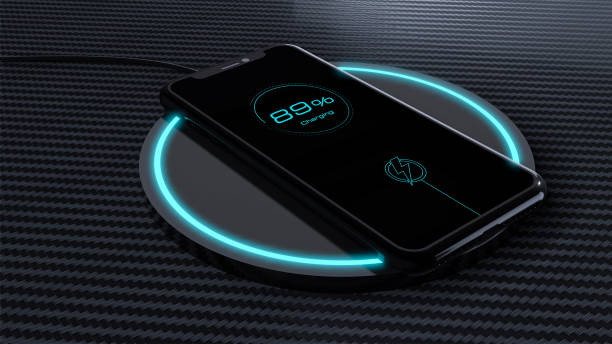Battery Care and Maintenance for Mobile Devices
Good battery care extends usable life, improves device reliability, and reduces electronic waste. This article explains practical maintenance habits for laptops, tablets, and phones, covers firmware and driver influences, offers troubleshooting steps, and describes responsible recycling and accessory choices to keep mobile devices performing well.

How should you maintain batteries on laptops and desktops?
Regular, predictable charging habits help lithium-ion batteries remain healthy. For laptops and mobile devices, avoid letting the battery sit at 0% for long periods and avoid staying at 100% constantly when possible. Many manufacturers recommend keeping stored batteries around 40–60% charge if the device will not be used for weeks. Heat is a major enemy: keep vents clear, avoid charging on soft surfaces like beds, and remove heavy loads that make fans run constantly. Desktops generally do not rely on internal batteries for operation, but peripherals or UPS units should follow similar storage and temperature guidance. Periodically inspect removable batteries for swelling or damage and replace them following manufacturer instructions.
How do firmware and drivers affect battery performance?
Firmware updates for device power controllers and driver updates for chipsets, SSDs, and GPUs can change power management behavior. Updated firmware may adjust charging thresholds, improve thermal management, or refine idle states that reduce background power draw. Similarly, motor or display drivers that mismanage clocks and power states can increase consumption. Keep firmware and drivers current while reviewing changelogs for power-related fixes. If an update causes higher battery drain, many vendors allow rolling back or adjusting power profiles. Use vendor-provided tools when possible to avoid third-party utilities that might interfere with built-in power management.
When should you troubleshoot battery issues and how?
Start troubleshooting when you notice sudden capacity loss, excessive heat, erratic percentage reporting, or devices shutting down before 0%. Steps include checking battery health reports in system settings or using built-in diagnostics, testing with and without peripherals attached, and observing power usage in task manager or battery analytics tools. Boot into safe mode to rule out background apps, and check for recent firmware or driver changes. If capacity is greatly reduced and diagnostics show cell wear, battery replacement may be necessary. For non-removable batteries, consult authorized service channels to avoid damage or voiding warranties.
What upgrades and accessories help battery life?
Low-power SSDs and efficient peripherals can reduce overall draw. Replacing a spinning hard drive with an SSD often lowers power consumption and improves responsiveness. Choosing external accessories with their own power (e.g., powered docking stations) can offload demand from the device. External battery packs and USB-C power delivery chargers offer convenient on-the-go charging but match voltage and current specifications to avoid stressing the device. Performance tuning—such as selecting energy-efficient GPU modes or enabling integrated graphics for light tasks—can extend battery runtime. Avoid unnecessary background syncing and disable radios like Bluetooth or Wi‑Fi when not required.
How do storage, SSD, GPU, and networking impact power use?
Storage devices have different power profiles: modern SSDs typically use less power during active and idle states than HDDs, which helps laptops run longer on a charge. GPUs, particularly discrete units, are among the largest drains when active; use integrated graphics for casual tasks and switch to discrete GPUs only for demanding workloads. Networking activity—especially constant high-throughput Wi‑Fi or mobile data—keeps radios and CPUs active; choose lower-power networking settings when battery life matters. Peripherals such as external drives, high-refresh-rate monitors, and RGB accessories also increase draw; disconnect or power them separately when optimizing battery life.
How to recycle and dispose of mobile device batteries?
Batteries should never be thrown in regular trash due to fire and environmental risks. Use manufacturer take-back programs, local electronic recycling centers, or certified e-waste collection events to ensure safe handling. Many retailers accept used batteries for recycling under local regulations. Before recycling, follow safe storage practices: place tape over exposed terminals on removed batteries, avoid crushing or puncturing cells, and keep them in a cool, dry location. Check local laws for hazardous-waste disposal rules and documented chain-of-custody options for business-grade collections.
Conclusion
Consistent charging habits, temperature control, and judicious use of firmware and driver updates all help prolong battery life and device performance. Consider hardware choices—such as SSDs and power-efficient GPUs—and practical accessories that offload power demand. When problems arise, use systematic troubleshooting and rely on authorized replacement or recycling channels to manage batteries safely and sustainably.





